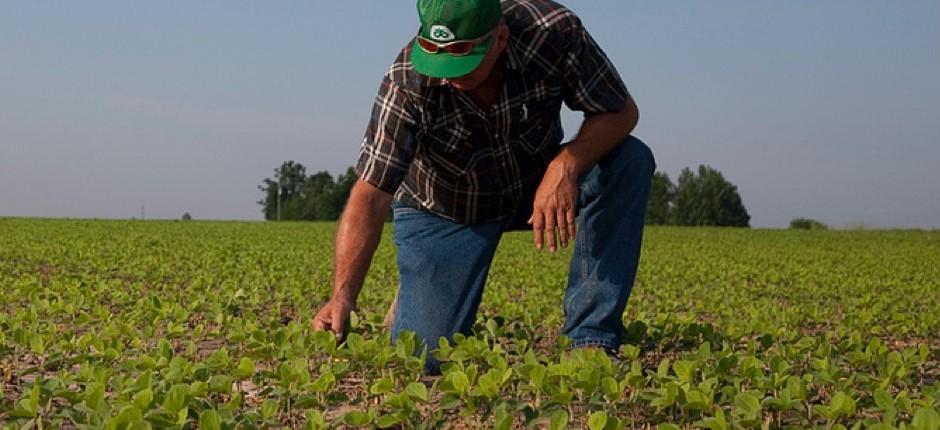The agricultural landscape has undergone a swift decline as the renewed trade war with China begins to bite deeply into America’s heartland. Farmers across the midwest wake each morning to confront a sobering reality – their soybeans have nowhere to go. Josh Gackle, a third-generation soybean grower from the midwest, describes the situation with unvarnished clarity.
“Tariffs aren’t ‘fun’ like some politicians claim. They’re devastating our livelihoods.” During the previous trade confrontation in 2018, U.S. agriculture weathered over $27 billion in cumulative losses, with soybean producers shouldering a staggering 71% of that financial burden. This time, experts suggest the consequences appear considerably more severe.
The current trade hostilities began ramping up in March when the White House signaled aggressive posturing toward Chinese imports. By April, officials had implemented a 145% tariff against China, provoking swift retaliation against American agricultural exports. Soybeans, which constituted China’s premier agricultural import from the United States valued at $12.8 billion in 2024, stand directly in the crosshairs of this escalating dispute.
Jacquie Holland, economist with the American Soybean Association, provides a concerning perspective. “This already looks worse than 2018,” she explains. The complications extend beyond merely lost markets – farmers face compounding obstacles throughout the production chain. A simultaneous trade disagreement with Canada has disrupted access to potash, a fundamental input for soybean cultivation. To which farmers must adapt their growing practices accordingly.
The spring planting season progresses with farmers making crucial decisions despite profound uncertainty regarding eventual market destinations for their crops. Some political voices have suggested domestic consumption might offset export losses. “To the Great Farmers of the United States: Get ready to start making a lot of agricultural product to be sold INSIDE of the United States,” wrote President Trump on Truth Social in March. However, agricultural economists question this approach’s viability given domestic consumption trends.
While American farmers struggle with market access, Brazilian producers are capitalizing on the opportunity. Joana Colussi, an agricultural expert from the University of Illinois, explains that Brazil possesses distinct advantages in this competitive landscape. The South American nation can produce two soybean harvests annually due to favorable climate conditions. Additionally, substantial infrastructure investment over the past decade has enhanced Brazil’s capacity for agricultural exports. Their position to supply Chinese demand strengthens with each passing month of trade tensions.
Some industry observers propose potential regulatory interventions. Holland mentions discussions around EPA modifications to biodiesel usage requirements, which could provide partial market stabilization for surplus soybeans. But such measures would likely deliver insufficient relief.
Profit margins for American producers have become precariously compressed since the previous trade dispute. “For sure, [U.S. soybean farmers] will maybe need more help from the government than they did in 2018, when we had a different scenario, especially because of the production costs,” notes Colussi. Yet concrete agricultural support programs have not yet materialized in response to the current situation, despite the intensifying financial strain among farm communities.
The global economic context surrounding this trade dispute adds another layer of complexity. While U.S. economic performance had been relatively robust through 2024, with the Federal Reserve beginning to implement interest rate reductions, the agricultural sector now faces distinct challenges against this backdrop. Farmers must navigate these trade tensions during a period of geopolitical volatility marked by significant electoral transitions internationally.
As planting decisions become finalized across America’s soybean belt, producers confront difficult calculations without clear resolution on the horizon. The interconnected nature of global agricultural markets means that decisions made in Washington and Beijing reverberate through rural communities with immediate and lasting consequences. Despite their resilience, many farmers wonder how long they can withstand this uncertain trade environment before structural damage to American agricultural competitiveness becomes irreversible.




